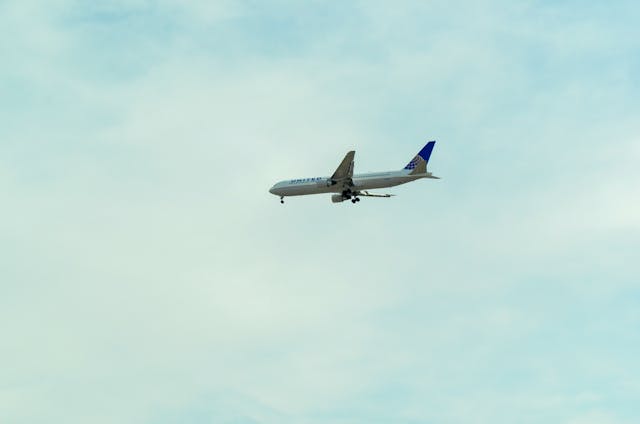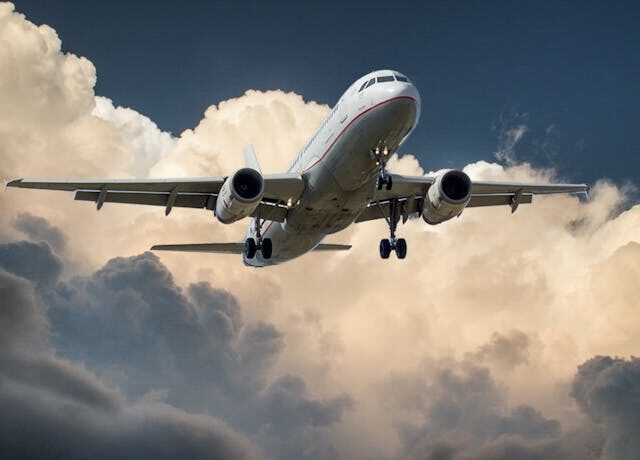Aircraft finance is a specialized field that plays a crucial role in the aviation industry, enabling airlines, leasing companies, and private owners to acquire and manage aircraft assets. From commercial airliners to private jets, the acquisition and financing of aircraft involve complex financial transactions, regulatory considerations, and risk management strategies. In this article, we delve into the world of aircraft finance, exploring its key components, challenges, and trends shaping the industry.
At the heart of aircraft finance is the process of acquiring aircraft assets, which typically involves significant capital investment and long-term financial commitments. Airlines, for example, may acquire aircraft through purchase agreements with manufacturers, leasing arrangements with aircraft lessors, or financing agreements with banks and financial institutions. Private owners, on the other hand, may purchase aircraft outright or opt for financing options such as aircraft loans or leasing arrangements. Regardless of the method chosen, aircraft finance involves careful consideration of factors such as aircraft type, age, condition, and market demand, as well as financial feasibility and risk assessment.

One of the primary financing options for acquiring aircraft is through aircraft loans, which are specialized loans designed specifically for the purchase of aircraft assets. Aircraft loans may be secured or unsecured and typically involve fixed or variable interest rates, repayment terms, and collateral requirements. Lenders may require detailed financial information, creditworthiness assessments, and appraisals of the aircraft’s value before approving a loan. Aircraft loans offer borrowers the flexibility to finance the purchase of aircraft while preserving capital and managing cash flow, making them a popular choice for airlines, corporate fleets, and individual owners.
In addition to aircraft loans, leasing is another common financing option used in the aviation industry to acquire aircraft assets. Aircraft leasing involves renting an aircraft from a lessor for a specified period, typically ranging from a few months to several years. Operating leases, for example, allow lessees to use the aircraft for a predetermined period without assuming ownership or long-term commitments, while finance leases involve a transfer of ownership rights and obligations to the lessee over time. Leasing offers flexibility, scalability, and tax advantages for lessees, making it an attractive option for airlines, charter operators, and corporate fleets.

Another important aspect of aircraft finance is risk management, which involves identifying, assessing, and mitigating risks associated with aircraft ownership and operation. Risks in aircraft finance may include market volatility, fluctuating fuel prices, regulatory changes, geopolitical events, and technological advancements, among others. Effective risk management strategies may involve diversifying aircraft portfolios, hedging against currency and fuel price fluctuations, securing insurance coverage, and maintaining strong financial reserves. Lenders and lessors may also impose risk mitigation measures, such as loan covenants, collateral requirements, and lease terms, to protect their investments and ensure repayment.
Furthermore, aircraft finance is subject to a complex regulatory framework that governs aircraft ownership, leasing, and financing activities. Regulatory bodies such as the Federal Aviation Administration (FAA), European Aviation Safety Agency (EASA), and International Civil Aviation Organization (ICAO) establish standards and requirements for aircraft registration, airworthiness certification, safety compliance, and operational licensing. Compliance with regulatory requirements is essential for aircraft owners, lessors, and financiers to ensure legal and operational compliance, minimize liability, and protect against regulatory sanctions or penalties.





